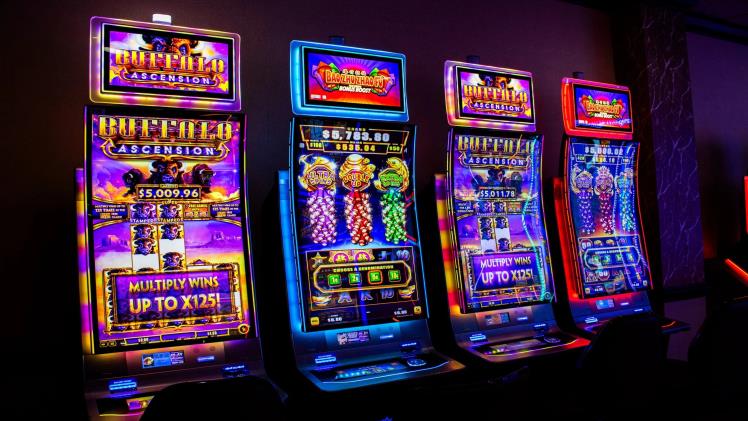Color-based gaming relies on psychological principles to enhance player engagement and improve skill development. Reinforcement plays a critical role in shaping player behavior, influencing decision-making, and maintaining interest over time. By understanding how reinforcement affects gameplay, developers can create more immersive experiences while players can refine their strategies for better performance.
Positive Reinforcement in Color-Based Gaming
Positive reinforcement is one of the most effective tools in gaming, rewarding players for making correct predictions or achieving milestones. This reinforcement may come in the form of in-game points, visual effects, or sound cues that indicate success. When players receive instant rewards after completing a task correctly, they are more likely to continue playing and refining their approach. Progression systems that unlock new levels, skins, or bonus features also reinforce player engagement by providing incentives for consistent effort.
Negative Reinforcement and Error Correction
Negative reinforcement in color-based gaming typically involves encouraging players to improve by removing undesirable elements. This might mean adjusting difficulty levels based on performance or eliminating distractions when players achieve accuracy in their predictions. By gradually making challenges more manageable after repeated success, developers ensure that players remain motivated rather than discouraged. The removal of penalties after demonstrated improvement reinforces strategic adjustments, helping players refine their predictive skills without frustration.
Variable Reinforcement Schedules
Games that rely on color prediction often use variable reinforcement schedules to maintain player interest. Instead of predictable rewards, variable reinforcement introduces uncertainty, making each outcome feel more rewarding. Some games adopt random reward distribution models, where correct predictions yield bonuses unpredictably. This method keeps engagement high, as players remain eager to experience rewards even without immediate success. The psychological impact of variable reinforcement ensures continued participation, driving players to refine their decision-making with each attempt.
Reinforcement and Learning Adaptation
Beyond engagement, reinforcement contributes to cognitive skill development in color-based games. Players subconsciously learn from repeated experiences, adjusting their predictions based on previous outcomes. Reinforcement mechanisms encourage pattern recognition, allowing users to identify trends and improve accuracy over time. This adaptation process mirrors real-world learning principles, where reinforcement strengthens memory retention and decision-making. Players develop intuitive responses to color sequences, enhancing both reaction speed and precision.
Balancing Reinforcement to Avoid Overdependence
While reinforcement enhances engagement, excessive reliance on rewards can create dependence, reducing intrinsic motivation. If players feel driven solely by incentives rather than enjoyment, they may lose interest when reinforcement diminishes. Developers must strike a balance between structured reinforcement and organic challenges that encourage self-improvement. Thoughtful game design ensures that players remain engaged through skill development rather than reliance on external rewards.
Conclusion
Reinforcement is an essential component of color-based gaming, shaping player behavior, sustaining engagement, and improving predictive skills at bdg game. Positive reinforcement encourages continued participation, while negative reinforcement aids learning adaptation. Variable reward schedules maintain excitement, ensuring players remain motivated to refine their strategies. By balancing reinforcement effectively, developers create games that are both engaging and skill-enhancing, promoting long-term player satisfaction.







